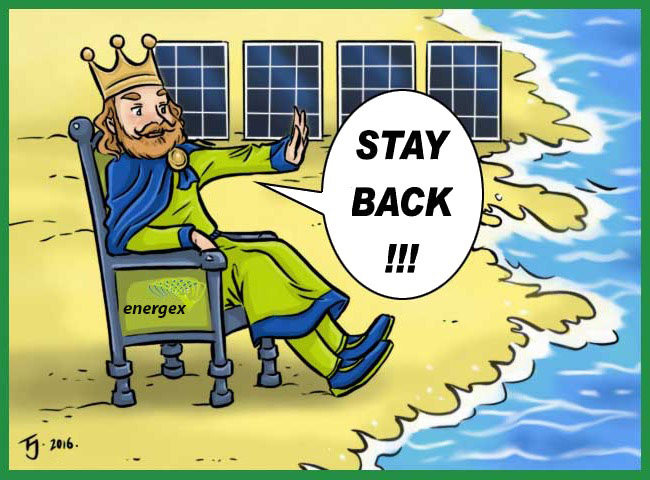
Cnut from Energex1 tries to stop batteries.

Cnut from Energex1 tries to stop batteries.
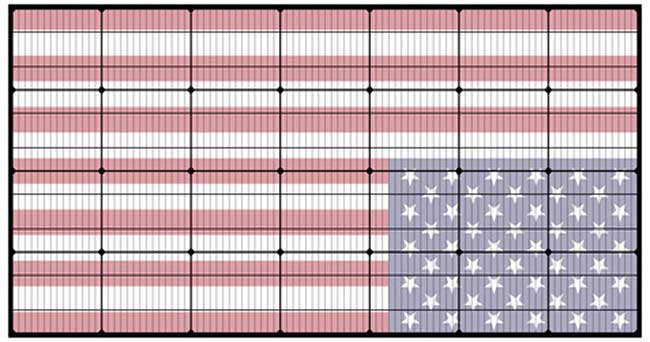
Will Trump destroy the US clean energy industry?
Donald Trump has won the US Presidential election. The people of the United States of America have spoken. They haven’t spoken very well, but they have done it. And since they will have a guy in charge who never shuts up, they’re not likely to stop now.
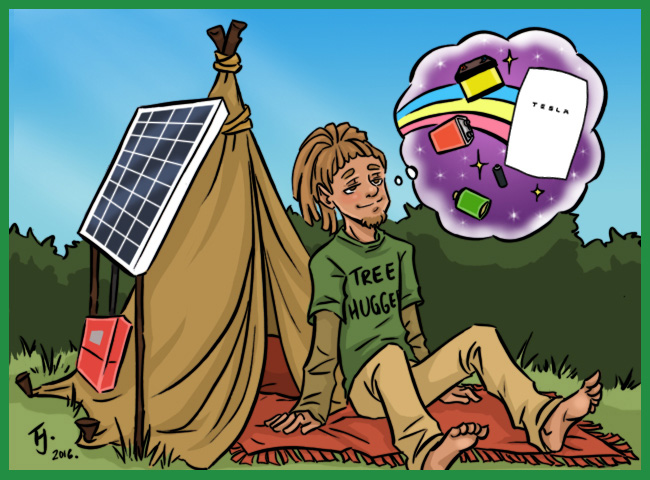
If you want to save the environment and have limited funds, then buying batteries should not be a priority.
Millions of Australians have installed rooftop solar to help the environment and save money.
Many are hoping home battery storage will soon let them do the same.
The cost of home energy storage is falling rapidly and it may not be long before it pays for itself. But at its current price it will not save money, even under favourable circumstances, when used on-grid. Despite this, there have been hundreds, or possibly thousands, of people who have installed home battery systems because they want to help the environment.
Have these people made a horrible mistake? [Read more…]
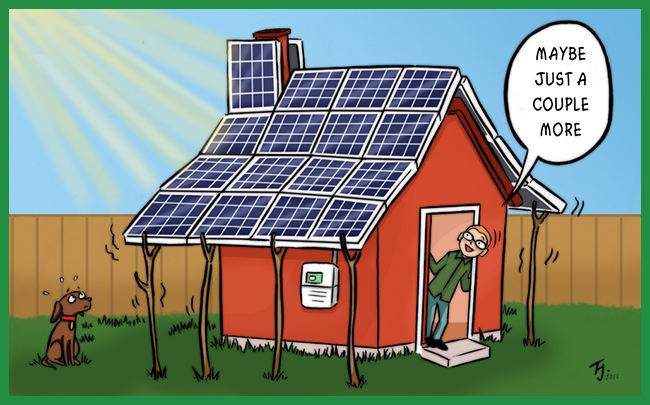
Did you know you can add panels up to 133% of your inverter capacity? Read on to discover why oversizing solar is a smart move (as long as your roof is big enough – unlike this guy’s).
Installing rooftop solar systems with a total panel capacity greater than the inverter capacity is usually a very good idea. It will certainly save you money, but it can also help get around the restrictions many Australians face on the size of inverter they can connect to the grid. [Read more…]
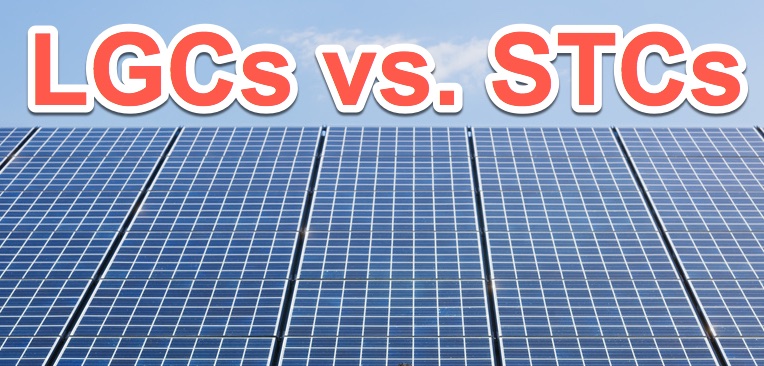
There are 2 subsidies for solar under 100kW: STCs (AKA the ‘solar rebate’) and the lesser known LGCs. Which one will give you the better return?
Update 23rd Feb 2018: Solar installations of 100 kilowatts or less now only receive STCs. However, applications made before March 31st 2018 for systems of 10 to 100 kilowatts may be accepted under the old rules and permitted to receive LGCs.
Many people are aware the Renewable Energy Target, or RET, lowers the cost of rooftop solar. This is often called the solar rebate, even though that term is not entirely accurate.
But what few people know is, provided their system is large enough, they have a choice in the type of assistance they receive. A household with a 10 kilowatt rooftop solar system can either accept Small-scale Technology Certificates (STCs) or Large-scale Generation Certificates (LGCs).
Almost all solar systems 100kW and smaller, currently being installed use STCs because they are all deemed immediately after the installation whereas LGCs are deemed annually over 15 years.
At the time of writing (July 2016) STCs are $38 each whereas LGCs are at a sky high $82. This has made some savvy solar installers wonder if using LGCs instead of STCs might create a better return for patient solar owners. [Read more…]
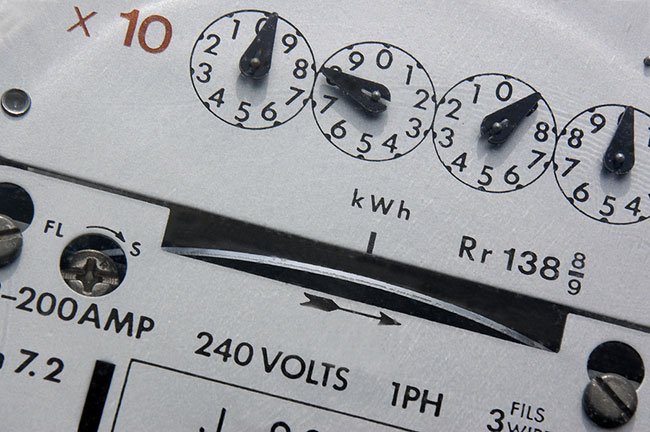
What will give you the lowest bill, a standard or time of use tariff? What if you add solar? What about batteries?
Australians pay for grid electricity in two ways. The most common way is a standard tariff. But you can also choose a time-of-use tariff.
This is where you pay a fixed rate for each kilowatt-hour used, plus a hefty supply charge. Australians have been paying for electricity this way since the the electricity meter, invented in 1888, was developed into the ‘spinning dial’ type in 1914. So Australians have been using standard tariffs for over a century. [Read more…]
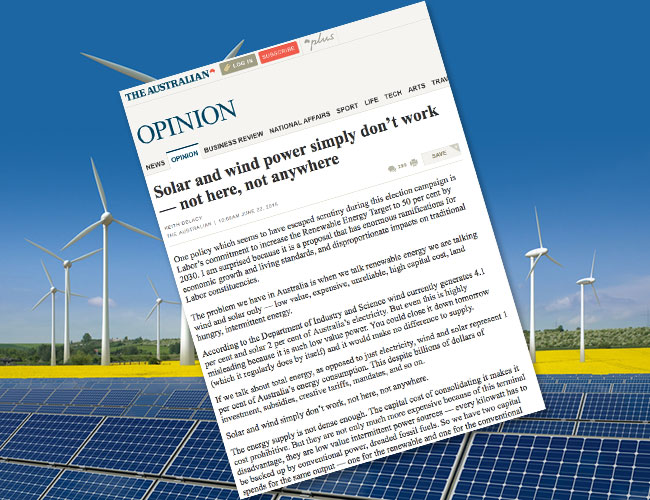
A response to Keith De Lacey’s article in the Australian last week.
The Australian recently published an opinion piece by the Director of an oil shale company and former Chairman of Macarthur Coal, entitled, “Solar And Wind Power Simply Don’t Work – Not Here, Not Anywhere“.
This was surprising because the solar panels above my head are producing electricity right now. And since I know exactly how much I paid for them I know they are definitely economically worthwhile. Also, because I know exactly how much the STCs I received as part of Australia’s Renewable Energy Target were worth I know the rooftop solar system would still pay for itself even without subsidy. [Read more…]

The Creator of The Renewable Energy Target. Mr John Howard.
Australia’s Renewable Energy Target, or RET, was first introduced in 2001 by Liberal PM John Howard. It has been almost entirely responsible for getting Australia’s graceful collection of wind turbines erected and getting solar panels on the roofs of 19% of our homes.
However, despite all its success, not many of us know very much about the RET.
This is understandable, as on the surface the topic is fairly dry. But once you get past that desiccated surface you soon discover what lies beneath is actually about as dry as crawling through the Simpson Desert without water for three days and then eating six plain SAO biscuits off a salt flat.
But don’t worry, I’m going to save you from having to experience that yourself. I recently filled in the gaps my knowledge of the RET and I’m ready to present you with all the juicy tidbits of information I gleaned from that dry and dusty landscape.
Feel free not to read on if you are already confident in your mastery of the topic. But before you do that, just be certain you can answer in the affirmative when I ask, do you get RET yet? [Read more…]
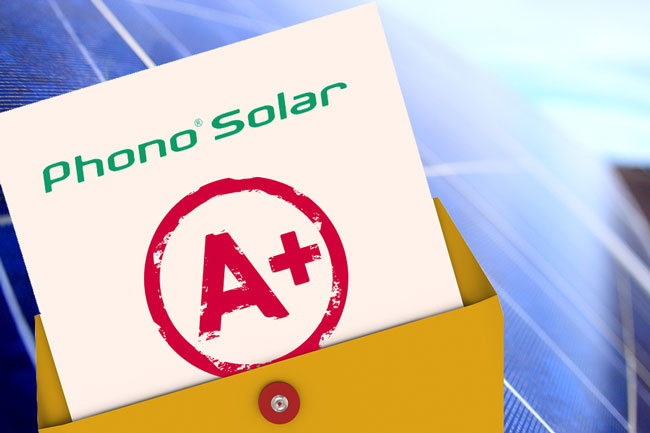
Phono Solar Gets A Rave Review From Respected testing House DNV-GL
Getting the most out of solar panels depends upon them working as promised when they are installed, and then continuing to work in a similar way for decades to come. To assist people in selecting solar panels that are likely to do this, DNV GL, an international certification organization, performed tests upon a wide range of mostly Tier 1 solar panels including Phono Solar, Kyocera and numerous other manufacturers. They published the results in their PV Module Reliability Scorecard Report 2016. Or at least they published a very useful review of the results, as they didn’t include everything they found. [Read more…]
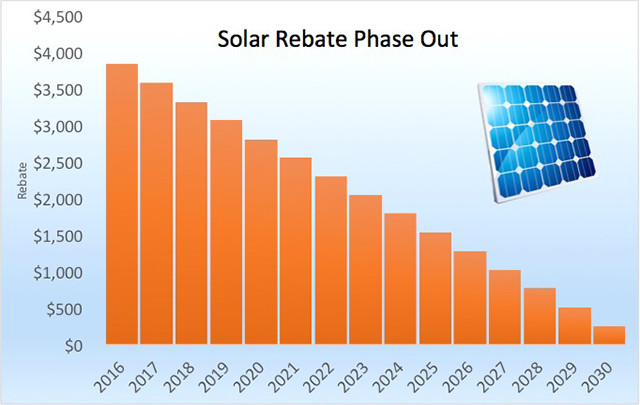
The projected solar rebate for a 5kW system in Zone 3 with a $37 STC price.
The solar rebate which currently reduces the cost of rooftop solar in Australia will be phased out with the first reduction starting in less than 8 months on the 1st of January 2017. The rebate will reduce by one fifteenth of its current amount on the first day of each new year until 2030 and will end on the 31st of December that year. At the start of 2017, the rebate of $3,990 that most Australians would receive at the moment for a 5 kilowatt rooftop solar system will fall by around $266 down to $3,724. The phase out encourages Australians to install rooftop solar sooner rather than later. [Read more…]
Get up to 3 free solar quotes
✓ Solar ✓ Batteries ✓ EV Chargers
Before You Go..Download the first chapter of The Good Solar Guide, authored by SolarQuotes founder Finn Peacock, FREE! We respect your privacy and you can opt out from the newsletter at any time. |



Currently Raging Debates: